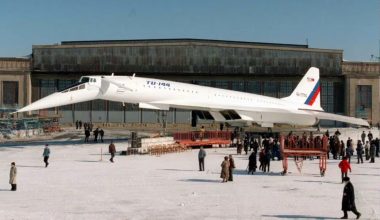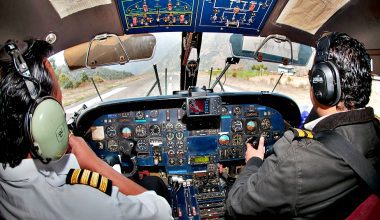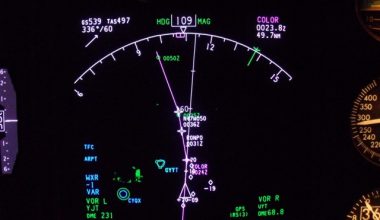
MID AIR REFUELING AND ITS TYPES:
Midair refueling is the only process of refueling the aircraft in air to air or it is the process of transmitting the aviation fuel from one military aircraft to another aircraft during flight. Midair Refueling is also known as aerial refueling, in-flight refueling (IFR), air to air refueling,and tanking. The aircraft which transfer the fuel is called the tanker and the other which receives the fuel is called the receiver. The receiving aircraft stays in the air longer, extending its range or loiter time on station. The purpose of midair refueling is to extend the natural range of an aircraft. Instead of wasting time by landing to refuel on the ground, a military pilot is capable to arrange tanker plane along the way. In order to refuel the aircraft the receiver aircraft the one that’s needs the fuel approaches the tanker from behind and, once it’s within 100 feet or so, slows down so that the both aircraft are flying at the same speed and the process starts. Usually there are two main types of midair refueling techniques: “flying boom” and “probe and drogue”.
Flying boom Method:
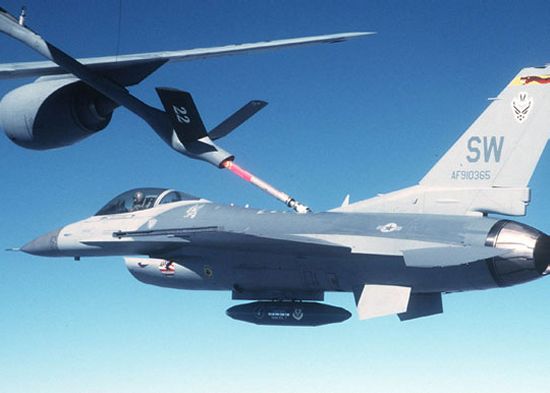
Flying boom method is only the method of which uses an inflexible boom which is flown by an operator in coordination with the pilot in order to make a connection with the receptacle on the second aircraft. The boom is retracted when not in use. Through it can do damage if it comes in contact with an aircraft, the operator can quickly move the boom if needed. It is only the system which offers faster fuel transfer, but it requires a dedicated operator. This system can also flow the enough fuel to fill big bombers like the B-52, B-1B, and B-2.Flying boom method is only the method of refueling which uses an inflexible boom which is flown by an operator in coordination with the pilot in order to make a connection with the receptacle on the second aircraft. The boom is retracted when not in use. Through it can do damage if it comes in contact with an aircraft, the operator can quickly move the boom if needed. It is only the system which offers faster fuel transfer, but it requires a dedicated operator. This system can also flow the enough fuel to fill big bombers like the B-52, B-1B, and B-2.
Probe and Drogue Method:
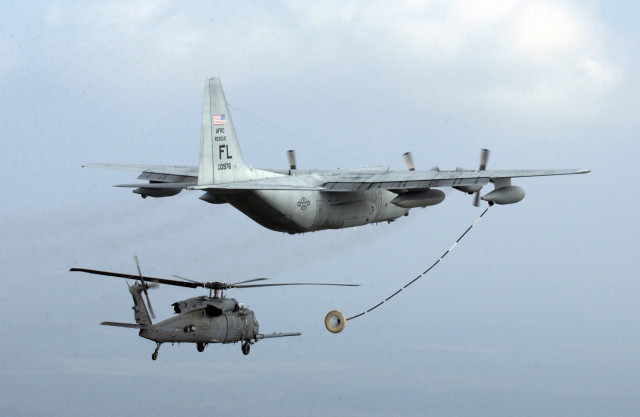
The type of refueling in which a flexible hose that trails from the tanker aircraft is employed is called Probe and Drogue Method. In this refueling method the tanker aircraft flies straight and extends its drogue which is allowed to trail out under the tanker by the force called aerodynamic forces. The receiver aircraft extends his probe and the pilot uses the fight under normal condition. For this refueling method it requires the closure rate of walking speed about two knots inorder to establish solid probe or drogue coupling and push the hose several feet into the HDU. If the two aircraft both tanker and receiver are too closure it is very dangerous causing incomplete connection and no fuel flow or sometimes occasionally leaking fuel. It is the simple tanker design which can be equipped with multipoint hose-and-drogue system allowing two or more aircraft refuel simultaneously and no boom operator is needed.


